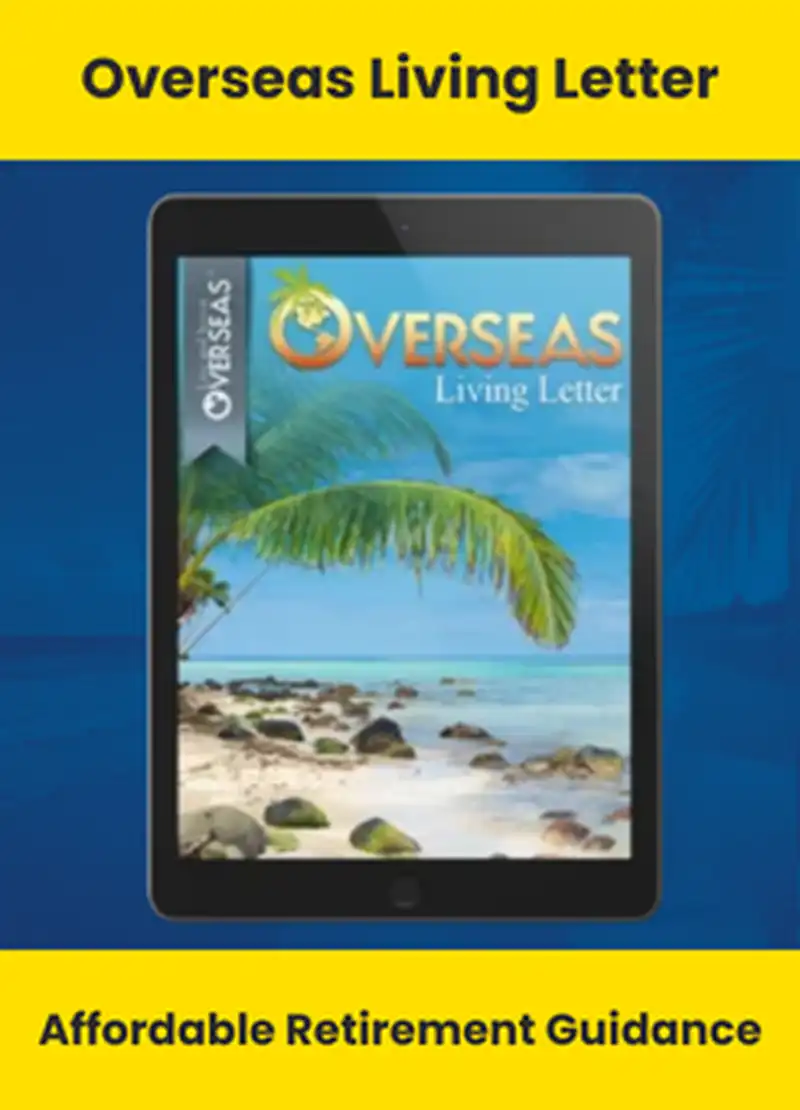Rights of possession is a term that dates back to Spanish colonial rule. Today the term is utilized in real estate across Latin America, deriving from “Royal Estate.” The term originated when the king lent his land and the right of use to someone else.
The king would not only lend his land to someone, but also kill anyone who would try to take away the land from the possessor. As long as you were a good subject to the king, the land was given to use as you pleased.
The term now means that a person holds the land as temporary keeper or long-term owner. Whomever resides in the land and uses it for friendly purposes has the right to possess it, and usually pass it down from generation to generation.
Allowing someone else to use your real estate as theirs and not maintaining the legal rights of said property immediately relinquishes the rights of possession to whomever is residing or using the land.
For example, in Latin America this is a common term. In different parts of Panama, the Panamanian government owns the title of the land, but the rights of possession belong to private citizens who use the land.
When buying property, you have to make sure you receive both title of land and rights of possession. Rights of Possession means you can use the land as you please, just as if you had the title to the land. You can build or make improvements to the land, but because you don’t own the title of the land you don’t pay taxes to the state.
When buying land or property, besides acquiring the Title of Land, you have to demonstrate that you bought the Rights of Possession from someone who actually had the claim on those rights. You are then able to sell your Rights of Possession for a profit.











